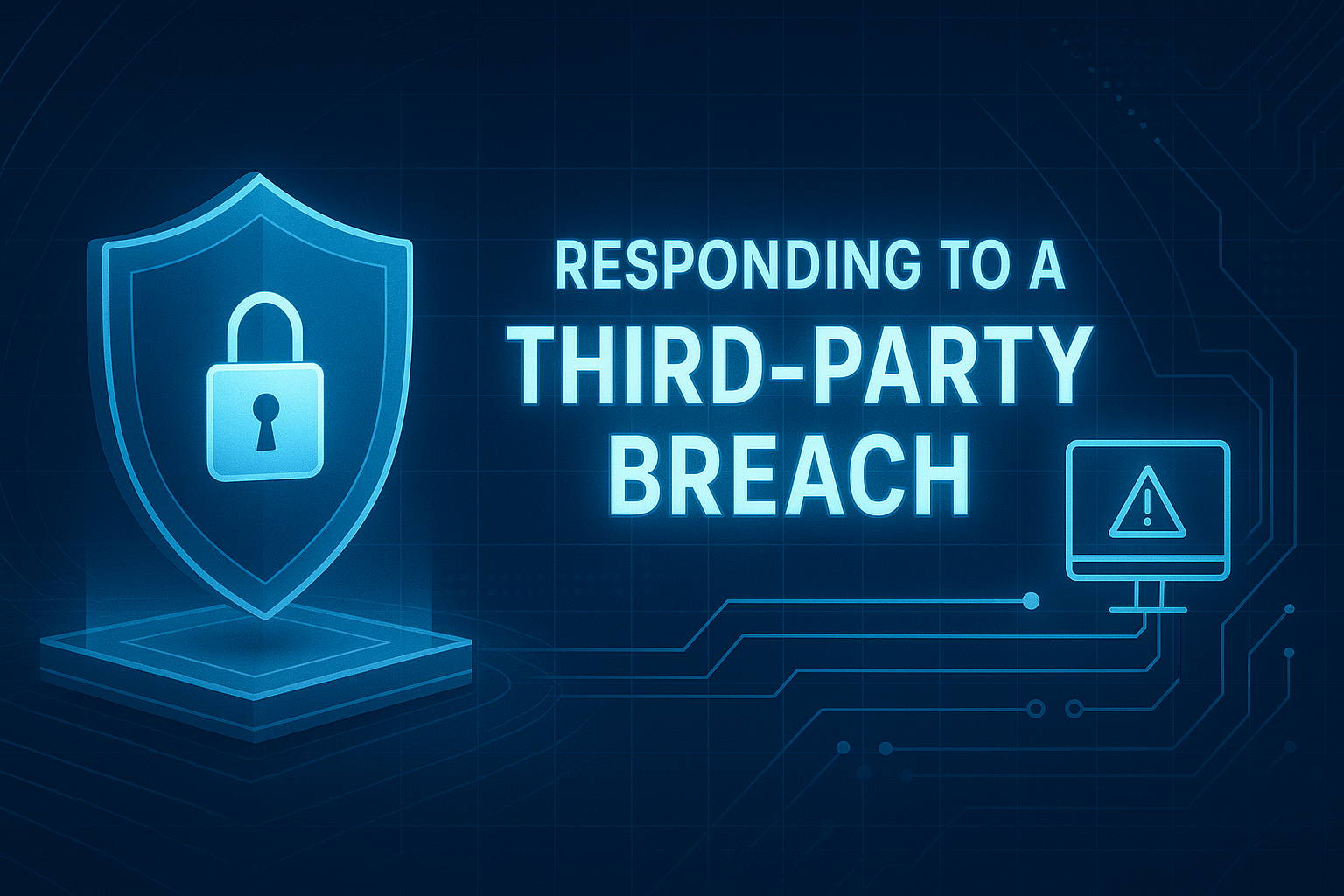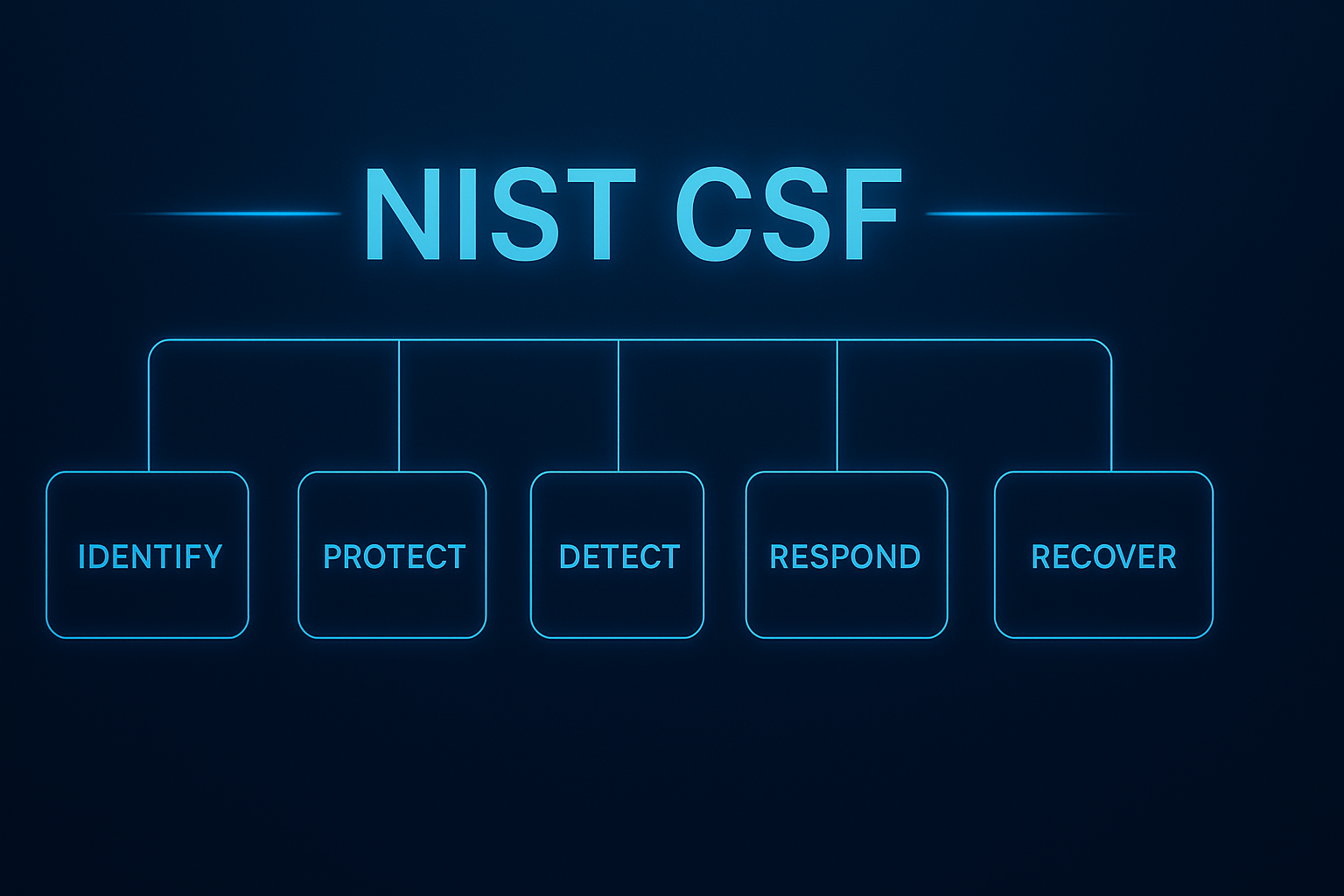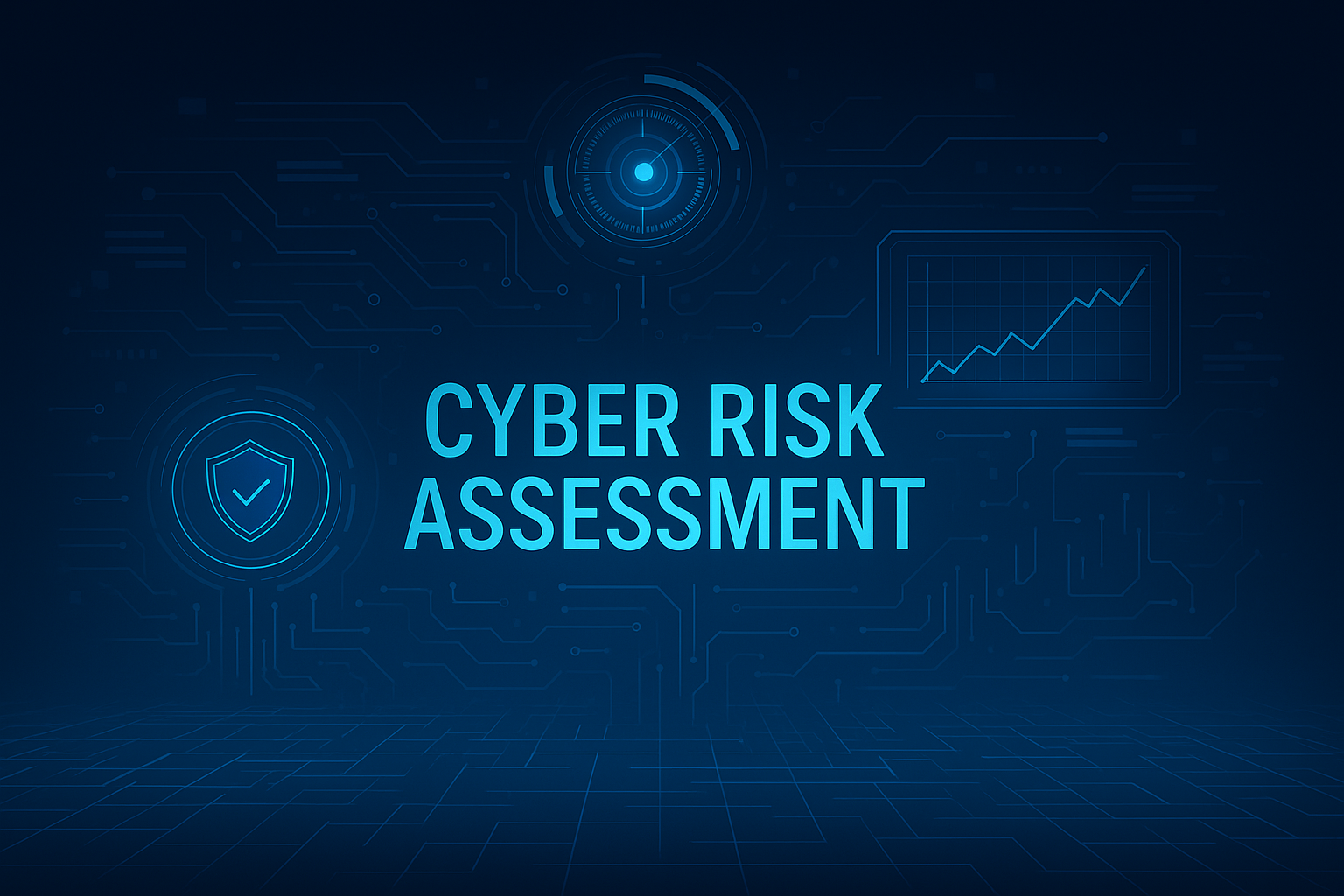Cyber risk management has taken center stage for managing and assessing cybersecurity. Security professionals who have taken a risk-first approach to replacing legacy GRC tools have done so for several reasons. Cybersecurity is a very real challenge. It constantly evolves and shifts, impacting its development through government regulations, technological innovation, and geopolitical interactions. Cyber risk management empowers security teams with a proactive approach to risk and compliance with a centralized and cyclical approach to inform future decisions around cybersecurity.
According to The Gartner Top Trends in Cybersecurity 2024 survey, cybersecurity leaders feel most concerned about:
- The emergence of GenAI as a mainstream capability
- The challenge of managing security exposures in a constantly evolving threat environment
- Relentless growth in cloud adoption, which is altering the composition of digital ecosystems
- Increasing regulatory obligations and government oversight of cybersecurity, privacy, and data localization
The CISO's top concerns are meeting compliance requirements and understanding organizational risks, their potential impacts, and how they can be remediated. An essential cyber risk management process is cyber risk quantification (CRQ). Keep reading our blog to understand the importance of CRQ in cyber risk management and how you can establish a cyclical approach to cyber risk management using quantified risk data.
How to Manage Cyber Security Risks
Cyber risk quantification involves measuring and expressing cyber risks numerically, often in financial metrics. This process provides a clear understanding of the potential impact of various cyber threats, allowing organizations to prioritize their risk mitigation efforts based on the likely cost and severity of these risks. Translating complex risk scenarios into quantifiable data will enable decision-makers to allocate resources more effectively and make informed strategic choices.
The role of cyber risk quantification extends beyond initial risk assessment. It forms the backbone of a cyclical approach to cyber risk management, ensuring continuous improvement and adaptation. This multi-step includes; identification, quantification, prioritization, mitigation, and monitoring and reviewing.
This cyclical process creates a feedback loop, where each stage informs and enhances the next. CRQ is essential for understanding and managing current risks and fostering a dynamic and resilient cyber risk management framework.
How CRQ Impacts Each Step of the Cyber Risk Management Cycle
Step 1: Identifying Cyber Risks
Identifying potential cyber threats and vulnerabilities within an organization is the cornerstone of effective cyber risk management. This process begins with understanding the organization's assets, including hardware, software, data, and personnel, and the potential threats that could exploit vulnerabilities in these assets. Conducting a comprehensive cyber risk assessment involves several initial steps: defining the scope of the assessment, gathering and analyzing relevant data, and identifying critical assets and their associated threats.
Organizations gather essential data about their risks by identifying potential cyber threats and vulnerabilities. This data includes details about the nature of threats, the likelihood of their occurrence, and the potential impact on the organization’s assets and operations.
Once risks are identified, CRQ can measure them numerically, often translating them into financial metrics. CRQ involves assessing the probability of each identified risk and estimating its potential losses.
Step 2: Quantifying Cyber Risks
CRQ is the process of measuring and expressing cyber risks in numerical terms, often translating potential threats into financial metrics. This approach is crucial because it provides a clear, data-driven understanding of the potential impact of cyber risks, enabling organizations to prioritize their mitigation efforts effectively.
By financializing cyber risk, CISOs and leaders can make more informed decisions, allocate resources more strategically, and justify investments in cybersecurity measures. While security teams have made do with qualitative assessments, increased Board scrutiny and C-suite involvement necessitated cybersecurity in business terms.
Compared to qualitative risk assessments, which rely on subjective judgments and categorical rankings, quantitative assessments offer a more objective and precise analysis. While qualitative assessments can provide valuable context and insights, quantitative assessments enhance clarity and precision, making them indispensable for robust cyber risk management.
The FAIR (Factor Analysis of Information Risk) model and the NIST 800-30 model are widely recognized frameworks that facilitate cyber risk quantification by providing structured methodologies for assessing and managing risks.
The FAIR model focuses on quantifying risk in financial terms. It breaks down risk into components such as frequency and magnitude of loss events, allowing organizations to calculate the potential economic impacts of various threats. This model is beneficial for translating complex risk scenarios into monetary values, making it easier for decision-makers to prioritize and allocate resources based on financial impact.
The NIST 800-30 model, part of the NIST Risk Management Framework (RMF), provides guidelines for conducting risk assessments. It involves identifying threats, vulnerabilities, and impacts and determining the likelihood of adverse events. This model uses qualitative and quantitative methods to assess risk, providing a comprehensive approach to understanding and managing potential cyber threats.
Together, these models support cyber risk quantification by offering structured approaches to measure and understand risks in terms that facilitate effective decision-making and resource allocation.
Step 3: Prioritizing Risks
CRQ provides the foundation for effective risk prioritization by translating threats into measurable values. Frameworks like FAIR and NIST 800-30 offer structured approaches to assessing and ranking risks, while tools like risk heat maps and cost-benefit analysis aid in visualizing and evaluating the best strategies for risk mitigation.
Risk heat maps are a powerful tool for visualizing and prioritizing risks. This visual representation makes it easy to see which risks pose the greatest threat and require immediate attention. Organizations can quickly identify and focus on the most critical risks using heat maps, ensuring that resources are allocated effectively to mitigate those threats. CyberStrong offers heat maps customized to your specific needs and frameworks.
Cost-benefit analysis is another essential method for prioritizing cybersecurity risk mitigation efforts. This analysis involves comparing the costs of implementing security measures against the potential financial losses associated with identified risks. By evaluating the ROI for different risk mitigation strategies, organizations can make informed decisions about where to allocate their resources to achieve the greatest reduction in overall risk exposure. Cost-benefit analysis helps ensure that risk management efforts are practical and efficient, balancing protection costs against the benefits of reduced risk.
Step 4: Implementing Mitigation Strategies
Once cyber risks are quantified and prioritized, developing and implementing effective risk mitigation strategies becomes essential. Leveraging quantified insights and data allows organizations to create targeted measures that precisely and efficiently address the most significant threats.
Technical Measures
Firewalls: Firewalls act as a barrier between your internal network and external threats, controlling incoming and outgoing network traffic based on predetermined security rules. By blocking unauthorized access, firewalls are a fundamental defense against cyber threats.
Encryption: Encryption ensures that sensitive data is transformed into an unreadable format for unauthorized users. Whether in transit or at rest, encryption protects the confidentiality and integrity of data, making it a crucial component in safeguarding information from breaches and leaks.
Intrusion Detection Systems (IDS) monitor network traffic for suspicious activities and potential threats, providing alerts when anomalies are detected. By identifying and responding to potential intrusions in real-time, IDS helps prevent or minimize the impact of cyberattacks.
Policies, Training, and Procedures
Security Policies: Establishing robust security policies is critical for defining the organization's approach to risk management. Clear, well-documented policies set the standard for expected behavior and procedures within the organization.
Training and Awareness: Regular training and awareness programs ensure employees understand their cybersecurity roles. By fostering a culture of security awareness, organizations can significantly reduce the risk of human error leading to security breaches.
Procedures: Implementing detailed procedures for various aspects of cybersecurity helps ensure consistent and effective responses to potential threats. Procedures should be aligned with security policies and include specific steps for activities such as conducting vulnerability assessments, applying security patches, and managing user access.
Incident Response Plan
An incident response plan outlines the steps to be taken before, during, and after a cyber incident, ensuring a coordinated and efficient response. Critical components of an incident response plan include:
- Preparation: Establishing an incident response team, defining roles and responsibilities, and conducting regular training and simulations.
- Identification: Detecting and recognizing potential security incidents through monitoring tools and user reports.
- Containment: Implementing measures to limit the spread and impact of the incident, such as isolating affected systems.
- Eradication: Identifying and eliminating the incident's root cause, ensuring no residual threats remain.
- Recovery: Restoring affected systems and data to normal operation and verifying they are secure and functioning correctly.
- Lessons Learned: Conducting a post-incident review to analyze the response, identify improvements, and update policies and procedures as needed.
In the CyberStrong Remediation Suite, users can compare remediation plans by cost and time to implement to guide decision-making and cyber risk management strategy. Learn more about CyberStrong’s cyber risk remediation software here.
Step 5: Monitoring and Reviewing
Continuous monitoring of the cyber risk environment is paramount. Regularly tracking and assessing threats ensures that an organization’s risk management strategies remain effective and up-to-date, allowing for a proactive rather than reactive approach to cybersecurity.
Continuous monitoring enables organizations to detect and respond to threats in real-time. It involves collecting, analyzing, and assessing data related to cyber threats and vulnerabilities. By maintaining constant vigilance, organizations can quickly identify and mitigate emerging risks, reducing the likelihood of successful cyberattacks and minimizing potential damage.
Tools and Technologies for Continuous Risk Monitoring
Several tools and technologies are instrumental in supporting continuous risk monitoring:
Security Information and Event Management (SIEM) Systems: SIEM systems aggregate and analyze log data from various sources within an organization’s IT infrastructure, providing real-time insights into security events and potential threats.
Endpoint Detection and Response (EDR): EDR solutions monitor and analyze activity on endpoints (such as computers and mobile devices) to detect suspicious behavior and respond to potential threats.
Continuous Control Automation™ (CCA): CCA is CyberSaint’s unique approach to continuous control monitoring (CCM), which tracks and monitors control changes in real-time. This solution relates to the initial step of cyber risk management: assessing the compliance environment.
As the threat landscape changes and new vulnerabilities emerge, risk management strategies must be reassessed and refined to address these developments. Regular reviews help ensure the risk management plan aligns with the organization’s risk profile and business objectives. Updates may include revising risk assessments, modifying mitigation strategies, and enhancing monitoring capabilities.
Step 6: Creating a Cyclical Approach
Identifying, quantifying, prioritizing, mitigating, and monitoring risks form a comprehensive feedback loop essential for effective cyber risk management. This iterative process ensures that each phase informs and enhances the next, creating a dynamic and responsive cyber risk management strategy.
The Feedback Loop Process
- Identifying Risks: The first step is identifying potential cyber threats and vulnerabilities. This foundational phase provides the necessary data for subsequent steps.
- Quantifying Risks: Once identified, these risks are quantified, often in financial terms. CRQ provides a clear understanding of the potential impact, enabling more precise prioritization.
- Prioritizing Risks: With quantified data, risks can be prioritized based on their potential impact and likelihood. This prioritization allows organizations to focus resources on the most significant threats.
- Mitigating Risks: Prioritized risks are addressed through targeted mitigation strategies, including technical measures, policies, and training.
- Monitoring Risks: Continuous monitoring ensures that the implemented mitigation strategies are effective and that new threats are promptly identified.
- Feedback Integration: The insights gained from monitoring are fed back into the risk identification phase, ensuring the risk management process is continually refined and updated.
Adaptability is crucial in the face of evolving cyber threats. The feedback loop facilitates adaptability by providing continuous updates on the effectiveness of current measures and highlighting new risks. A cyclical approach to cyber risk management fosters continuous improvement. Each iteration of the feedback loop builds on the previous cycle's insights and experiences, leading to progressively more robust and effective risk management practices. This ongoing evaluation and adjustment cycle helps organizations stay ahead of cyber threats, enhancing their security posture and resilience.
Wrapping Up
Leveraging cyber risk quantification within a structured feedback loop of identifying, quantifying, prioritizing, mitigating, and monitoring risks creates a dynamic and responsive approach to cyber risk management. This cyclical process ensures continuous improvement, effectively allowing organizations to adapt to the evolving threat landscape. Embracing this proactive and iterative approach mitigates risks and positions organizations for long-term success in an increasingly digital world.
Schedule a conversation with CyberSaint to learn more about our risk-first approach to cybersecurity and our easy and flexible CRQ model.





.png)
.png)
.png)
%201.png)
.png)




